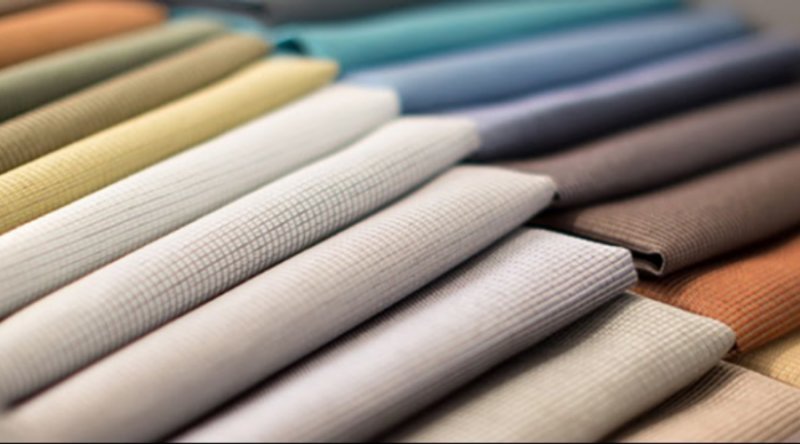Textile fibers are a basic part of our daily life. The textile production process involves several stages from the production of fibers to the creation of clothing, canvas, furniture and more. Among the textile fibers, synthetic fibers are the ones that have the most uses. Let’s continue reading to learn how to make fabrics?
Synthetic fibers are textile fibers that come from various petroleum products. The most commons are:
- Polyester
- Acrylic
- Polypropylene
- Nylon
Similarly, synthetic fibers can be classified depending on their manufacture:
- Fibers made from cellulose
- Fibers made by joining monomers
Synthetic materials are strong, durable, and attractive for clothing; they are easy to maintain as they are easy to wash, lightweight and wrinkle resistant.
Depending on the chemical nature of the initial product, many different types of fibers are obtained:
Polycondensation polymers: They are obtained by the union of monomers with loss of water during the polymerization process. These are the most commonly used fibers and they are polyester fibers and polyamide fibers.
Polydation polymers: These are obtained from monomers with double bonds in their molecules and whose rupture makes possible the union of said molecules. The most important are acrylic and elastane.
Other synthetic fibers: There are several other fibers obtained by polydition, but with less importance given that their limited properties restrict their use to very specific cases. These fibers are polyvinyl, polyethylene and polypropylene.
Regardless of the type of fibers, the quality of the spinning and construction of the fabrics is of vital importance in order to have long-lasting garments. Looking for the best? Remember that T-shirts Mark has the widest catalog and with the best quality for you to consolidate your project. Enter our online store today like https://www.beautifulcng.com/, get to know all our points of sale and take advantage of the best of T-shirts Mark.
Do you know what textile design consists of?
Textile design deals with the design of clothing and textile accessories created within the cultural and social influences of a specific period. The discipline of textile design involves the development of all kinds of products for the textile industry, such as fibers, threads and textile fabric with specific properties and characteristics.
It is a discipline that influences various aspects of the human being. Some examples are found in how the color of clothing manages to change moods, provides security or even a feeling of belonging to a group regardless of scale.
In this way, it is understood that the textile design industry is one of the most important economic sectors worldwide, not only because of its production for mass consumption by both end users and merchants, but also because of the enormous number of people who benefit from it. Labor in related industries, such as clothing, spinning, dry cleaning, haute couture and weaving, among others.
It is worth mentioning that the magnitude of the textile industry as we understand it today has its origins in the Industrial Revolution, although its most important precedents date back to the invention of the flying shuttle in 1733 by the Englishman John Kay, a device that represented the first great progress towards the mechanization of the loom and that allowed the weaving of cotton garments in large quantities and at a much higher speed than that obtained by manual methods.
In textile design, production methods and future applications of design converge; it is essential to make an intelligent choice of materials, colors and techniques. A consumer should take the above into account depending on the budget available.
Currently the fashion industry relies mostly on mass-market sales. The mass market caters to the needs of a wide range of customers and produces ready-to-wear clothing in large quantities and standard sizes.
It is important that a buyer takes into account his needs in order to take advantage of the wide variety that textile design offers today.
Check Out Our Blog: A Complete Guide On Fashion Fashion Forecasting
